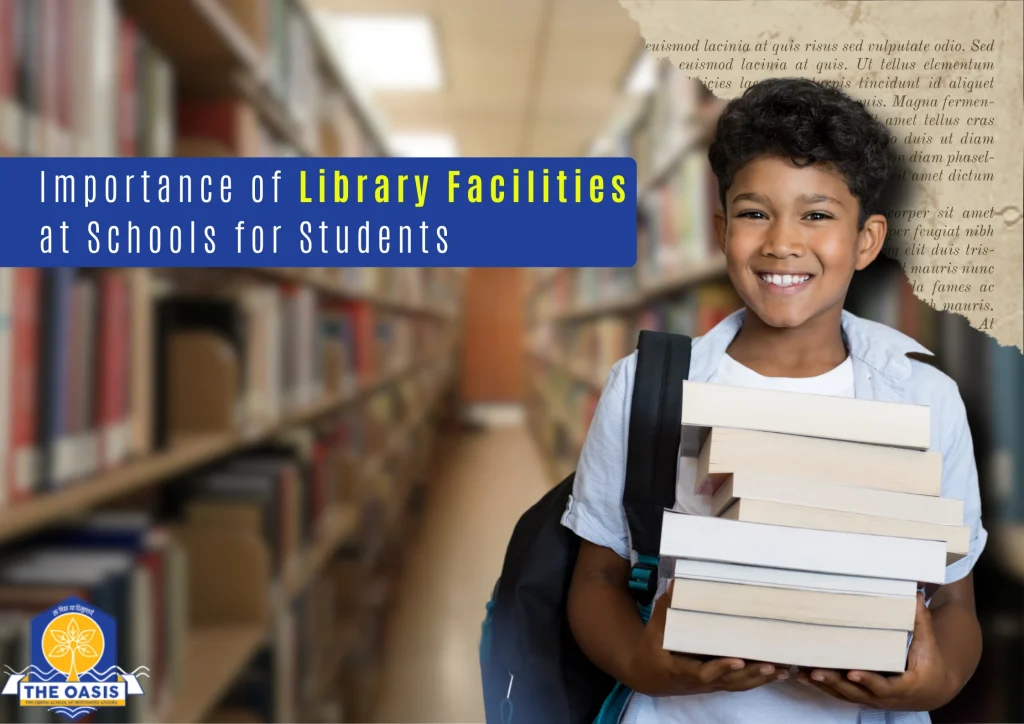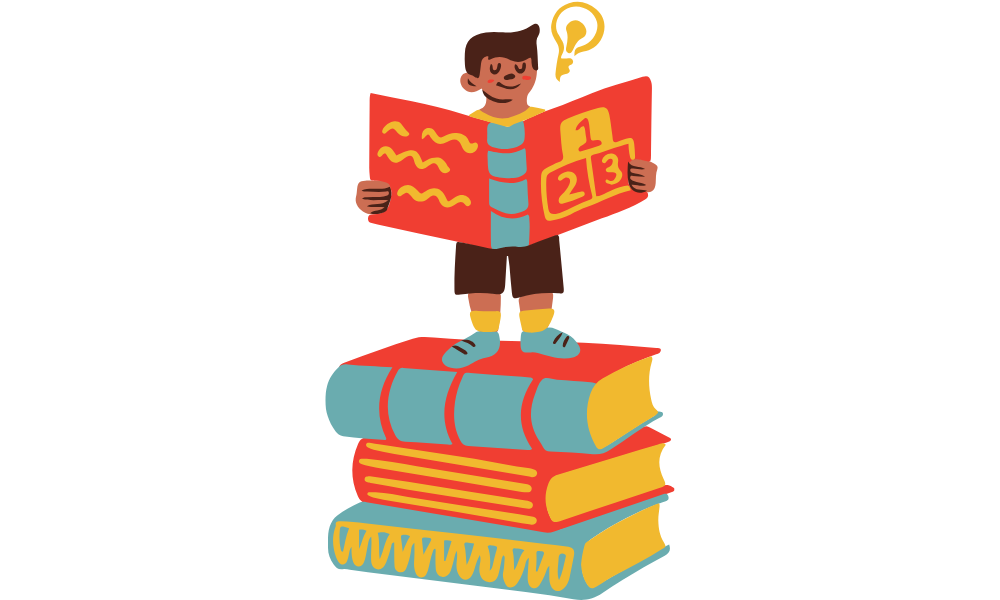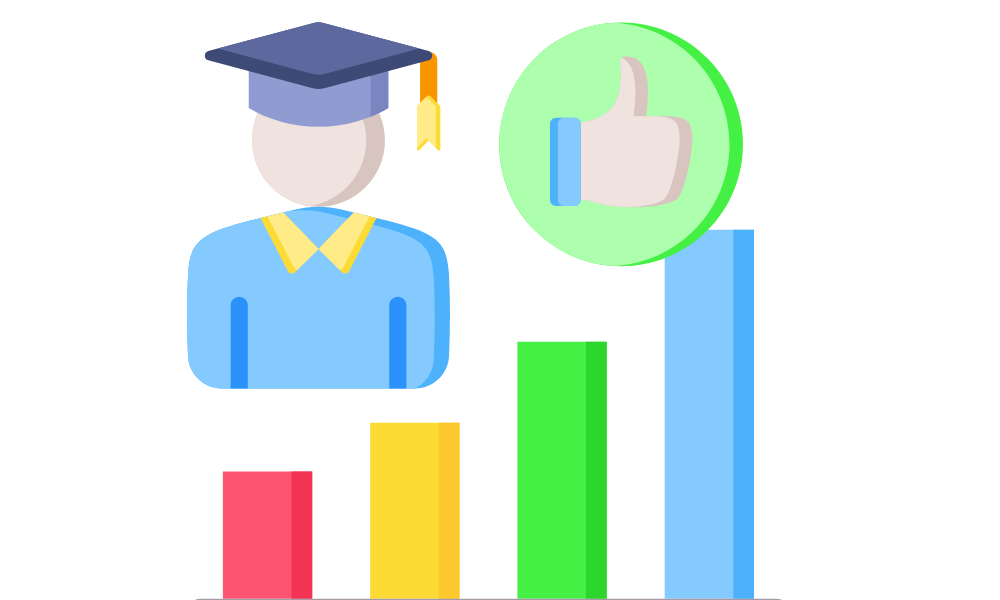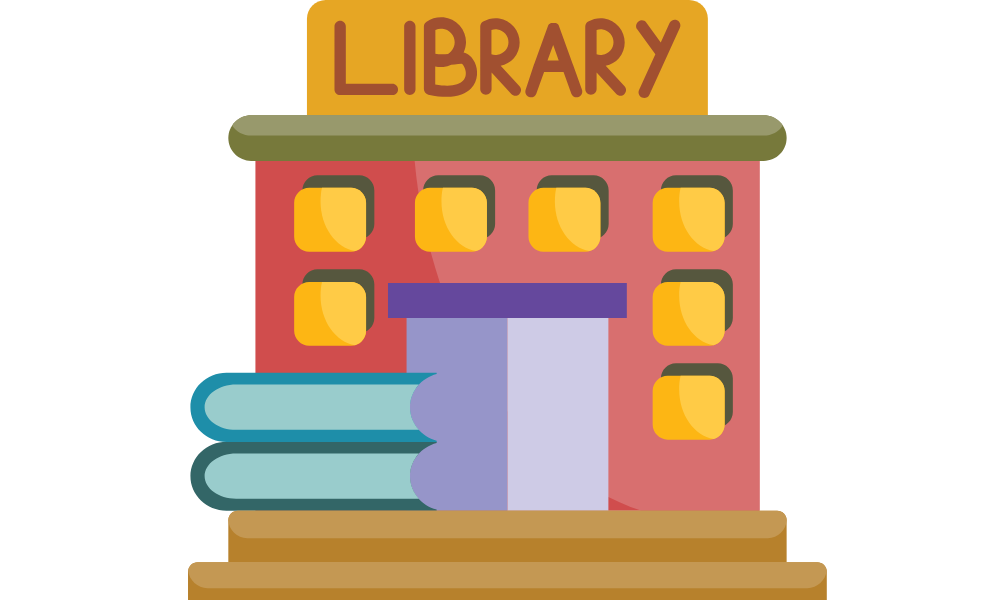
Libraries have always played a crucial role in a student’s academic journey, offering a structured space for learning, research, and intellectual growth. Library Facilities in schools serve as a hub of knowledge, providing access to books, journals, digital resources, and research materials that support both academic and personal development.
In today’s technology-driven world, school libraries are evolving beyond traditional bookshelves, integrating modern digital tools that enhance student learning.
A well-equipped library fosters a reading culture, improves critical thinking skills, and encourages independent learning. Many Boys Boarding Schools in Dehradun emphasize the importance of strong Library Facilities, ensuring students have access to diverse educational materials to enhance their academic experience.
From physical books to online research databases, school libraries contribute significantly to students’ academic success and lifelong learning habits.
Role of Library Facilities in Schools:

1. Encourages Reading Habits
Reading is the foundation of knowledge. A well-stocked library with a variety of genres—fiction, biographies, history, science, and literature—motivates students to explore beyond their textbooks. Exposure to different writing styles and ideas helps students expand their understanding and communication skills.
2. Supports Academic Excellence
Libraries provide additional study resources that go beyond classroom teaching. Students can refer to reference books, research papers, and journals to gain deeper insights into their subjects. Libraries help bridge learning gaps by offering access to extra study materials, allowing students to grasp difficult concepts with ease.
3. Develops Research and Analytical Skills
One of the primary roles of Library Facilities is to help students develop research skills. With access to a wide range of academic resources, students learn to analyze information, evaluate sources, and compile data effectively. These skills are essential for academic success and future professional growth.
4. Boosts Self-Learning and Independent Thinking
Unlike classrooms where learning is guided by teachers, libraries offer a space for independent study. Self-learning encourages curiosity, allowing students to explore topics of interest beyond their curriculum. When students take charge of their own learning, they become more confident and develop problem-solving abilities.
5. Enhances Digital Literacy
With the rise of e-learning, modern Library Facilities now include digital resources such as e-books, research databases, and multimedia content. These digital tools help students enhance their tech skills, preparing them for higher education and careers in a digital world.
Types of Library Facilities in Schools:

1. Physical Library Resources
- A vast collection of books covering multiple subjects
- Encyclopedias and dictionaries for reference
- Magazines and newspapers for current affairs knowledge
- Academic journals and periodicals for research
2. Digital Library Facilities
- E-books and audiobooks for easy access
- Online research journals and scholarly articles
- Interactive learning materials such as videos and simulations
- Digital catalogs for easy book searches
3. Study and Research Areas
- Quiet study zones for individual learning
- Group discussion rooms for collaborative study
- Computer access for online research and assignments
4. Librarian Assistance and Guidance
- Helps students locate the right study material
- Provides research assistance and citation guidance
- Conducts reading programs and workshops for students
How Library Facilities Improve Student Performance:

1. Helps in Exam Preparation
Libraries provide access to past exam papers, reference books, and study guides that aid in thorough exam preparation. Students can utilize these resources to practice, revise, and improve their problem-solving skills.
2. Develops Time Management Skills
With structured study environments, libraries help students manage their time efficiently. By setting schedules for research, reading, and assignments, students learn how to balance academic and extracurricular activities effectively.
3. Fosters Creativity and Innovation
Libraries expose students to diverse perspectives through literature, research papers, and creative works. This exposure fuels creativity, encourages new ideas, and promotes critical thinking, which are essential for innovation.
4. Reduces Screen Time and Distractions
Unlike studying at home, where students may be distracted by social media or television, libraries provide a distraction-free learning environment. This allows students to focus better, improving their concentration and retention abilities.
5. Encourages Multidisciplinary Learning
Students can explore subjects beyond their curriculum through library resources. For instance, a science student might develop an interest in history, or a literature student might explore psychology. This interdisciplinary approach broadens their knowledge and skill sets.
Why Schools Must Invest in Library Facilities:

Promotes Holistic Learning – A well-equipped library supports both academic and extracurricular knowledge development, encouraging well-rounded growth.
Encourages Collaboration – Group study sessions in libraries help students work together, enhancing teamwork and communication skills.
Prepares Students for Higher Education – Libraries introduce students to academic research and referencing skills, which are essential for university-level studies.
Supports Teachers in Lesson Planning – Teachers can utilize library resources to design engaging lesson plans, enhancing classroom learning experiences.
Creates a Lifelong Learning Mindset – Students who develop a reading habit early in life are more likely to continue learning beyond school and college.



